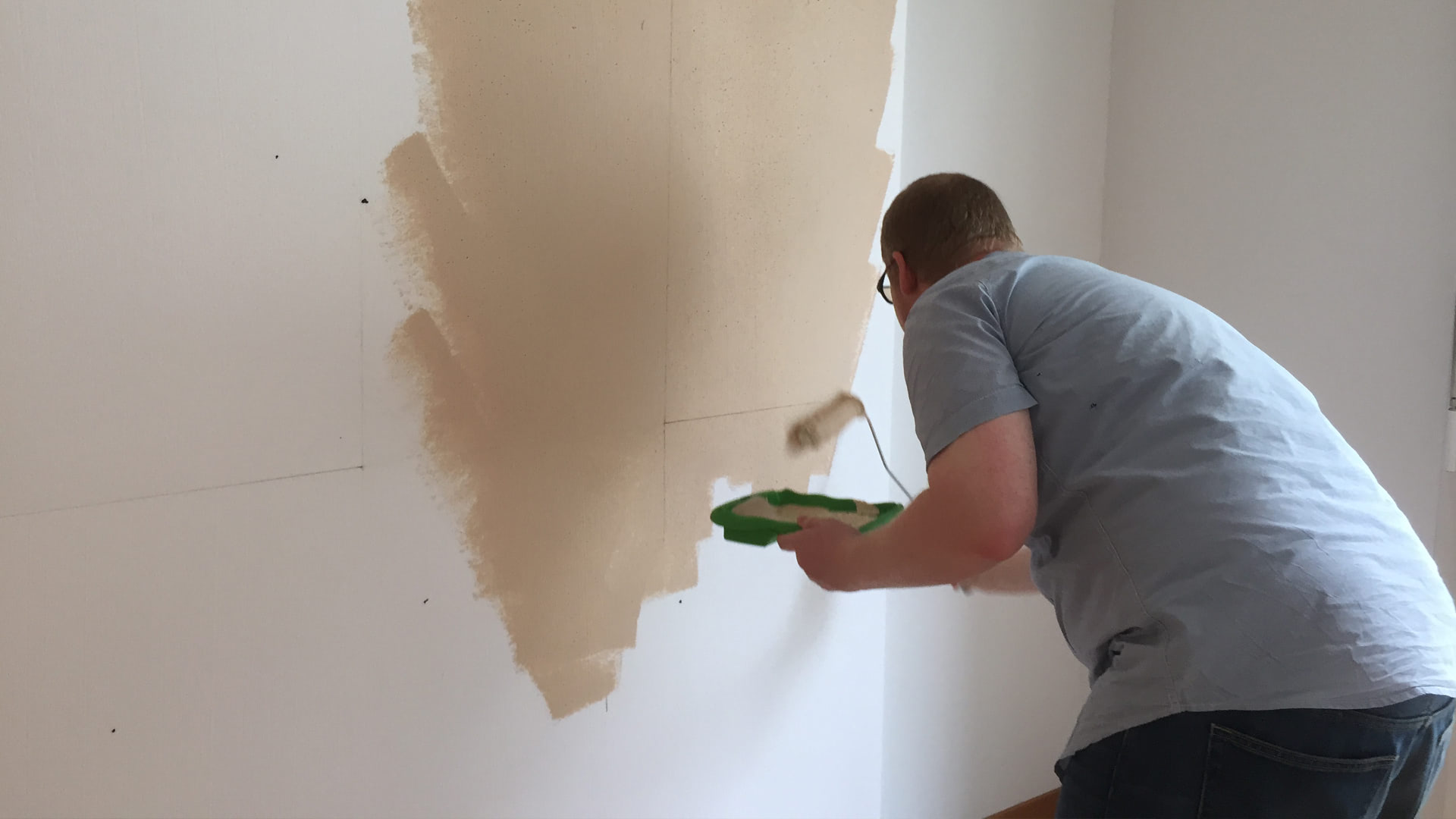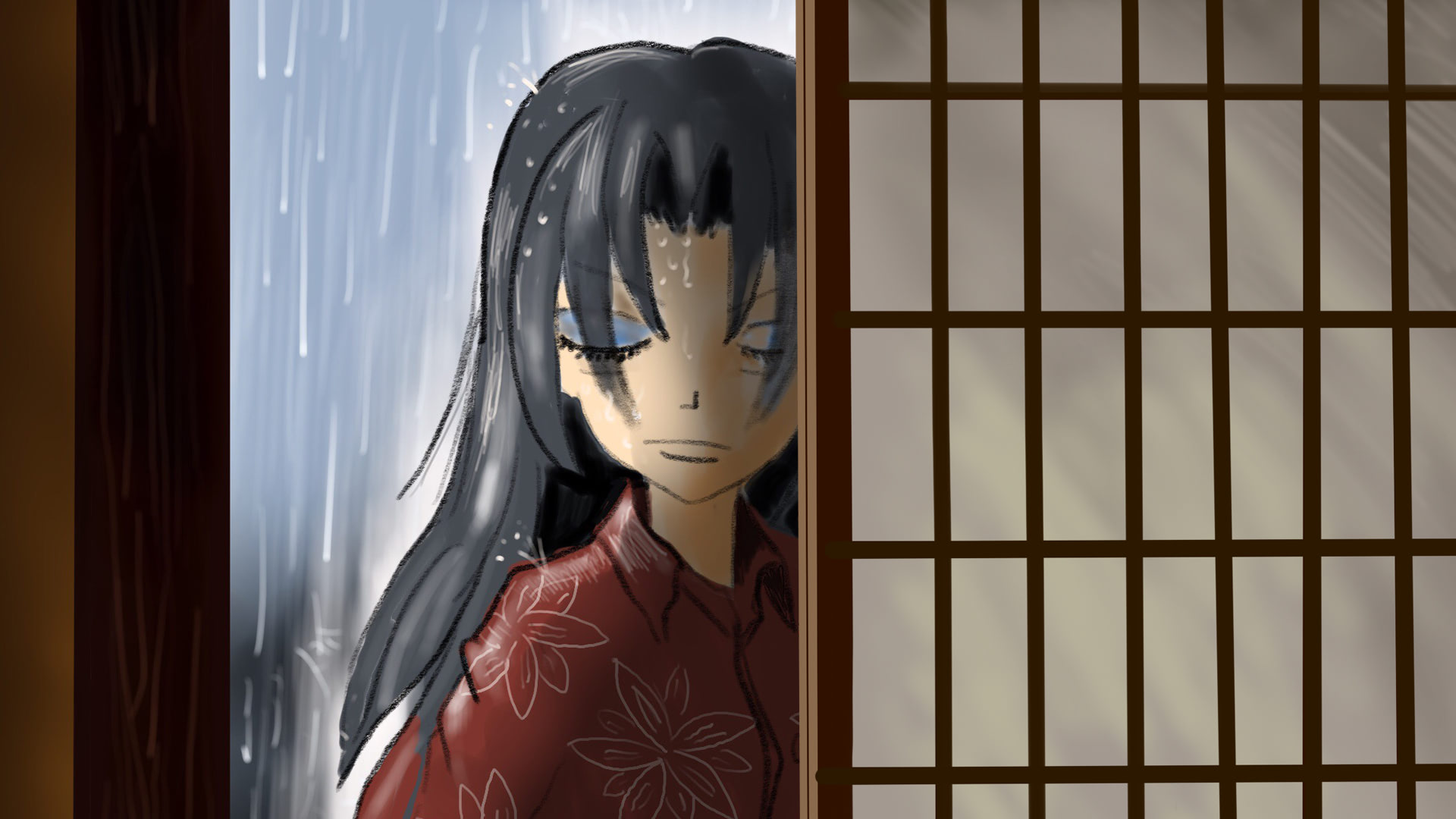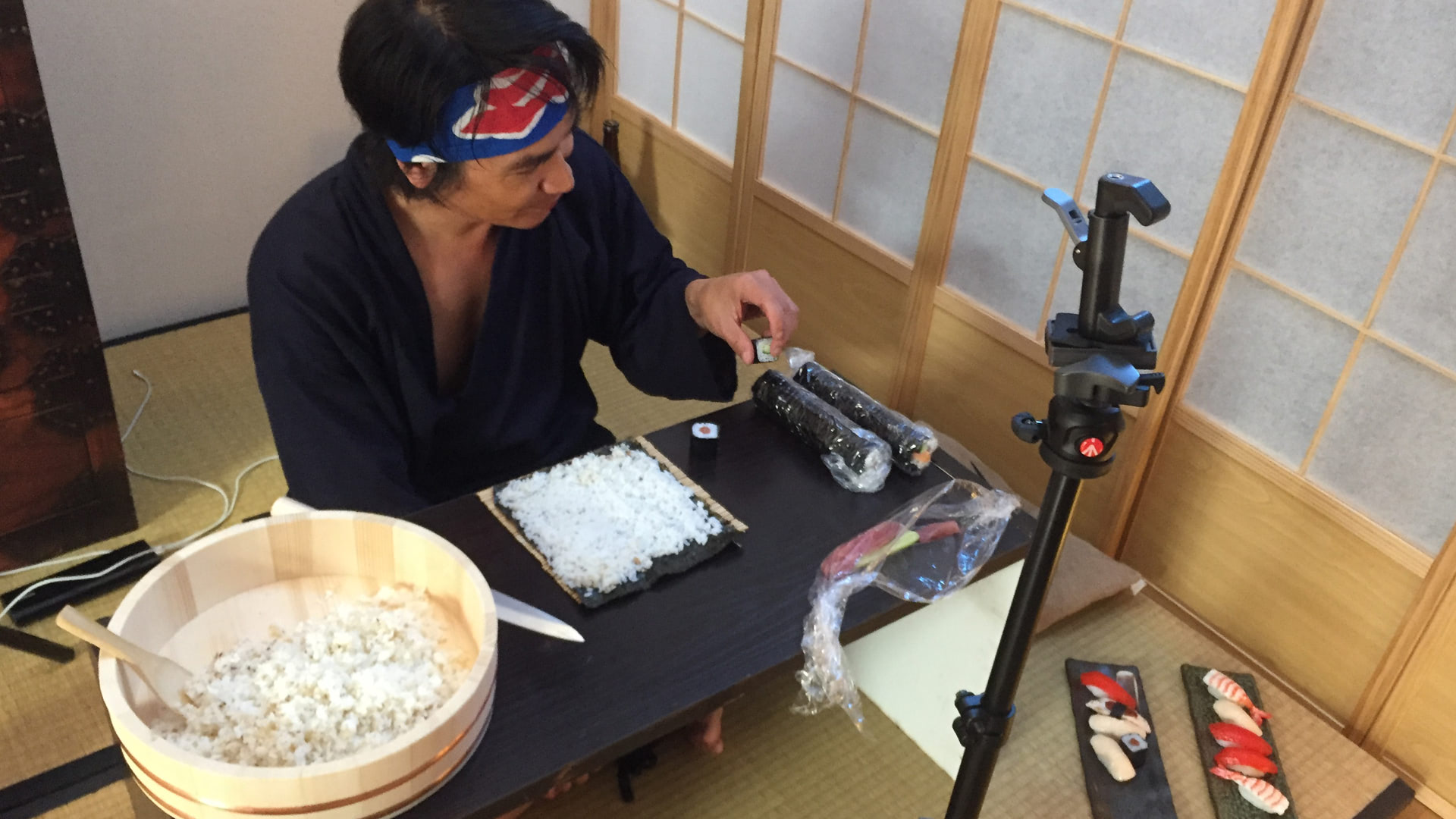Hunger – A Japanese fairy tale filmed in Switzerland
Yoshizumi Nagaya, a Japanese sushi chef, sits at his table at home in the evening. It is raining outside. Suddenly someone knocks at the door and there is this young woman…
Two residents from Zurich, Switzerland turned a child’s room into a japanese apartment in the middle of Zurich Oerlikon and used a smartphone to tell this story of an obsessed man and a mysterious young woman. The result is a Japanese fairy tale from the perspective of the two European filmmakers, as they carry “their” Japan in their hearts.
Notes from the MoMo Jury: “Very well shot, very different. And weird.”
We are very proud to have the chance to show the film as part of this year’s Official Selection of Mobile Motion Film Festival. Hunger will be screened on May 11 at Kosmos in Zurich.

“This [filming on a smartphone] was a challenge but at the same time liberating to limit oneself to only the most necessary.” Rob Schneider
Interview with Rob
What is the story behind your film?
Japan is mysterious, confusing, wonderful, unforgettable. Those who have seen this country with their own eyes will never forget it. The special features of the architecture, manners and culinary perfection are part of the realization of the film.
However, the story is first and foremost about a person who gives up everything for something specific. So the protagonist becomes addicted to the smile of a person and finally sacrifices himself in a figurative sense. His personality is literally devoured by obsession.

On a beach in Greece, exactly one year after a stay in Japan, Michel Wild “appeared” the idea of “HUNGER”. As if a wind from East Asia had whispered the idea into his ear, he wrote the synopsis in a fort on a paper set of the beach bar and transports his own view of Japan with the story.
Cameraman and co-producer Robert Schneider has been touring Japan for more than a decade. He visits his parents-in-law there. His approach to Japan is therefore once again different. He no longer sees the country through the eyes of an astonished tourist. So other things and details catch his eye and he experiences and lives this culture deeper and more familiar. Thus his Japan also flows into the picture language, not THE Japan, but a possibility of representation.
What were the steps which led you to make it?
After completing the script, Michel Wild created a storyboard in the style of a manga comic and animated the sequences as a cartoon. This gave the actors a precise idea of how to act in the film. It was not possible to find a suitable, traditionally furnished Japanese living room for the shooting.
So the set for “Hunger” was created in an apartment in a 10m2 children’s room in the middle of Zurich-Örlikon. Dozens of props, Soji walls, glued chests of drawers and original costumes provide the perfect illusion.

We composed the music on an iPad in GarageBand, and the sounds for the film were all recorded afterwards. For example, a Swiss apple clove was crushed for the sushi cutting sound.
The Berlin dubbing artist Rainer Fritschke was available for the voice-over.
The animated sequences, like the storyboard, were drawn frame by frame on an iPad by Michel Wild.
Why did you choose a smartphone to film with?
We thought the MoMo Film Festival was simply cool and were enthusiastic about the professionalism, the presentation and the spirit. So MoMo really was the initial spark. In principle it’s the same as in music: A good song remains a good song, no matter how complex and with how many instruments it is played.
That’s how we see it in movies. A good story remains a good story, in principle it doesn’t matter by what means it is told. The smartphone gave us the opportunity to be very flexible.
We shot the scenes in a very small space, in a converted children’s room and had almost two shooting days for the scenes. We embodied the director, cameraman, gaffer, production manager, illustrator, cutter, FX artist and sound designer.
This was a challenge but at the same time liberating to limit oneself to only the most necessary.
What equipment did you use?
We filmed with an iPhone X with FiLMiC pro with a flat profile. The illustrations for the animations were created with the IPad using Procreate. The soundtrack was also developed with the iPad and GarageBand.
The film was cut on an iMac using Final Cut Pro X.
For the light we used two Aputure LEDs and one spot as well as some practical lights. We mainly used tripods and for some sequences a Feiyun gimbal. After Effects was used for the visual effects.
How much did you know about filmmaking before you made this film?
We are both active in design and in our spare time with moving pictures, design, illustration, photography and comics. However, this is the first fictional short story we have ever written.

What did you like about filming with a phone? What were the downsides, if any?
The flexibility, the flexible handling and formal restrictions that force one to limit oneself to the essentials. Disadvantages are the low light and the noise can be annoying depending on the result.
Has making the film changed your life in any way?
The film encourages us to continue developing stories and producing more films. We see other films with new eyes and have even more respect for the effort and commitment behind each production.

How successful was the film, personally and in gaining an audience for your work?
The film has met with a positive response at several festivals, has already won awards and will be screened at the Golden State Film Festival, among others. The fact that “Hunger” will now be shown on screen at the MoMo film festival in Zurich is a great pleasure and we are really proud.
Looking back on the movie, is there anything you’d have done differently?
For us, creative work is a constant and continuous learning process. For example, you’re certainly never completely satisfied with the editing and you could optimize settings, illuminate them differently. But you also have to let go of your “baby” and let your experiences flow into the next project.
How important are film festivals that give these kind of films a platform for you?
For us this is very important and incredibly valuable. A festival like this shows how colourful and creative the whole world is. It’s great that there are always people who create a platform for dreams and visions, who take this effort upon themselves and make something great possible.
Read Next: The Mobile Motion Film Festival.
Eager to learn more?
Join our weekly newsletter featuring inspiring stories, no-budget filmmaking tips and comprehensive equipment reviews to help you turn your film projects into reality!
andreaholle_184e0he5
Founder & Director of Mobile Motion Film Festival.
Andrea studied Business Communication at the Lucerne University of Applied Sciences

